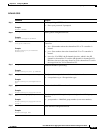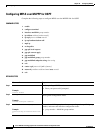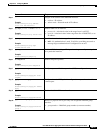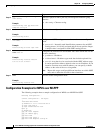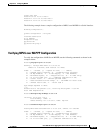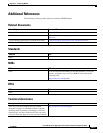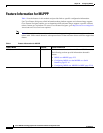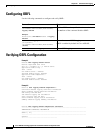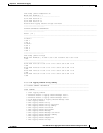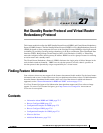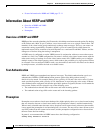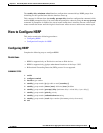
CHAPTER
26-1
Cisco ASR 901 Series Aggregation Services Router Software Configuration Guide
OL-23826-09
26
Onboard Failure Logging
Onboard Failure Logging (OBFL) captures and stores hardware failure and environmental information
into nonvolatile memory. OBFL permits improved accuracy in hardware troubleshooting and root cause
isolation analysis. Stored OBFL data can be retrieved in the event of a router crash or failure.
Contents
• Understanding OBFL, page 26-1
• Configuring OBFL, page 26-2
• Verifying OBFL Configuration, page 26-2
Understanding OBFL
OBFL provides a mechanism to store hardware, software, and environment related critical data in a
non-volatile memory, such as flash EPROM or EEPROM on routers. The logging information is used by
the TAC team to troubleshoot and fix hardware issues.
OBFL collects data like temperatures and voltages. It stores the data in a dedicated area of the flash
memory of the router. This data is retrieved by TAC personnel to troubleshoot routers. It can also be
analyzed by back-end software to detect failure patterns, and possibly to recommend specific quality
improvements.
Retrieval of the OBFL message
If the hardware is defective and the system cannot boot up, any data in flash is inaccessible. In that case,
use any one of the following methods to recover OBFL data:
• Read the flash through JTAG: this requires provisions in hardware design and back-end hardware
and software support tools.
• Repair the system; boot it; use the OBFL CLI commands.
Recording OBFL Messages
Data is recorded in any of the following formats:
• Continuous information that displays a snapshot of measurements.
• Samples in a continuous file, and summary information about the data being collected.



